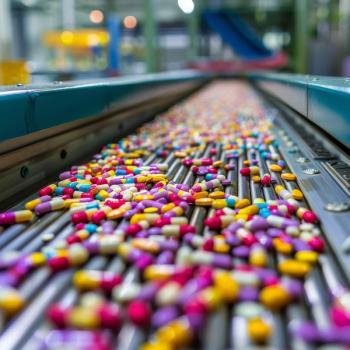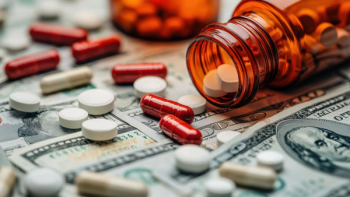
Copay coupons: there’s more to the story
Analysis finds healthcare policy benefits among distinct groupings of drugs
The usual argument from pharmacy benefit managers (PBMs) is that copay coupons drive patients toward higher-cost, branded drugs, resulting in higher healthcare costs for insurers and ultimately patients themselves. The counterargument, from the manufacturers that offer them, is that the coupons address inequities of the PBMs, who tend to favor both lower-cost drugs and, in some cases, drugs whose rebates (to the PBM) are more valuable than others. Whichever side you’re on, the reality is that more and more drugs are introduced with such coupons or vouchers. PBMs are beginning to take more aggressive measures discouraging coupon use (by not counting the coupon value toward insurance plan deductibles), and some states are considering restrictions.
New analysis from some health-economics academics at the U. of Southern California shows that, whether or not PBMs or manufacturers benefit from current practices, there is a potential benefit for patients in both lower healthcare costs and better therapeutic outcomes. “Our findings suggest a blanket ban could harm patients both financially, through higher out-of-pocket costs, and clinically, through therapeutically inferior switching. Policymakers should take these effects into account.”
The researchers looked at 200 of the highest-expenditure drugs in 2014; within that category the ones with coupons (all branded), and of those the ones with direct competition (branded or generic). Of the couponed drugs, 21% had direct generic competition, 12% had no substitute at all, and 39% had branded competition. The 21% are a pretty clear case where the coupon raises overall healthcare costs for little or no therapeutic benefit; conversely, the 12% are a clear benefit to the patient in lower cost and in therapeutic value (assuming the drug is being prescribed for a good reason in the first place). It’s the middle category where things get interesting. Prior analysis by other researchers has assumed that a generic in the same therapeutic class as a branded drug was sufficient; the USC researchers define a sub-category of “close therapeutic substitute,” or “CTS” drugs (generic or branded) to more closely distinguish couponed drugs with no CTS as “single source.”
“Patients use these coupons to reduce copays on single source drugs that their doctors have prescribed, but their PBM disfavors,” the researchers find. “For some of these patients, using a different drug may make little or no difference in clinical benefit. In other cases, substitution may not be suitable due to specific comorbidities, drug interactions, or other individual circumstances. In these cases, coupons help patients afford the therapy chosen by their doctor rather than the one preferred by their PBM. While coupons may raise insurer costs, in these cases they may provide important value to beneficiaries.”
Another interesting result of the analysis is that some couponed drugs were competing with other couponed drugs; in this case, the manufacturers are competing against each other and driving down patient costs regardless of actual price of the drug. There are some couponed drugs with no CTS at all; while it could be argued that the coupon is artificially increasing the demand for that drug (since the PBM is discouraging it through use of the copay), there is better patient access.
The study, with a technical appendix of the various classes of analysis, is available
Newsletter
Stay ahead in the life sciences industry with Pharmaceutical Commerce, the latest news, trends, and strategies in drug distribution, commercialization, and market access.





